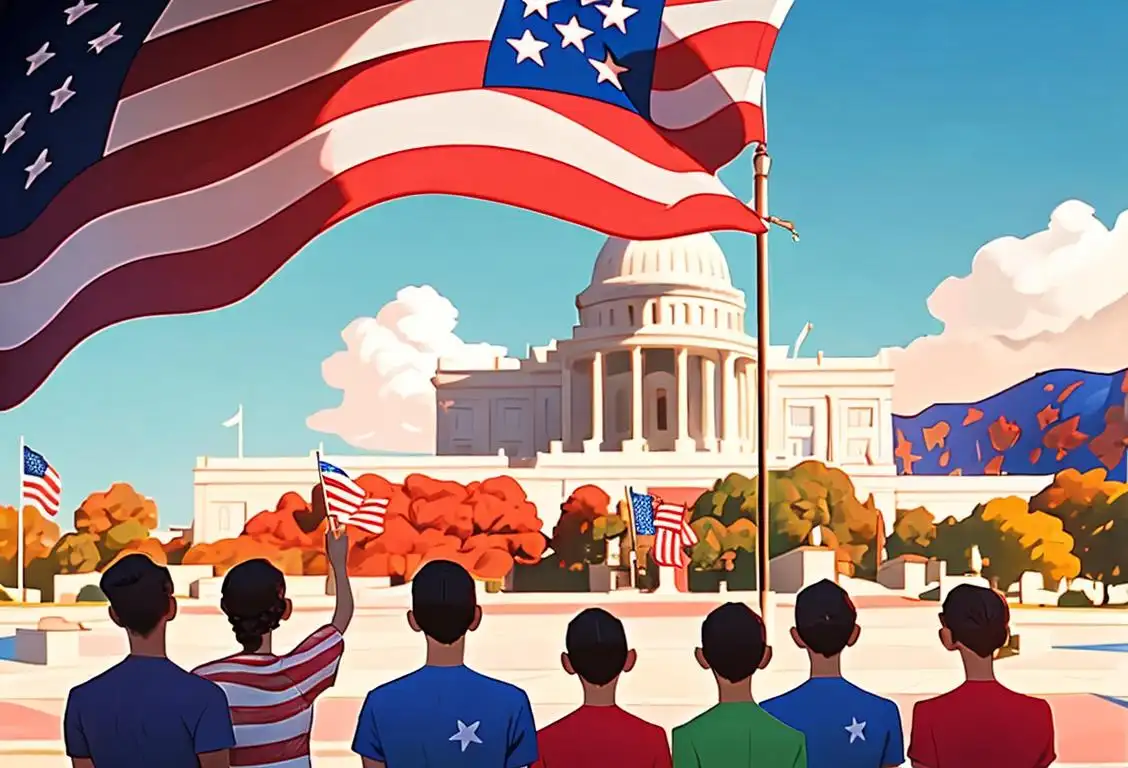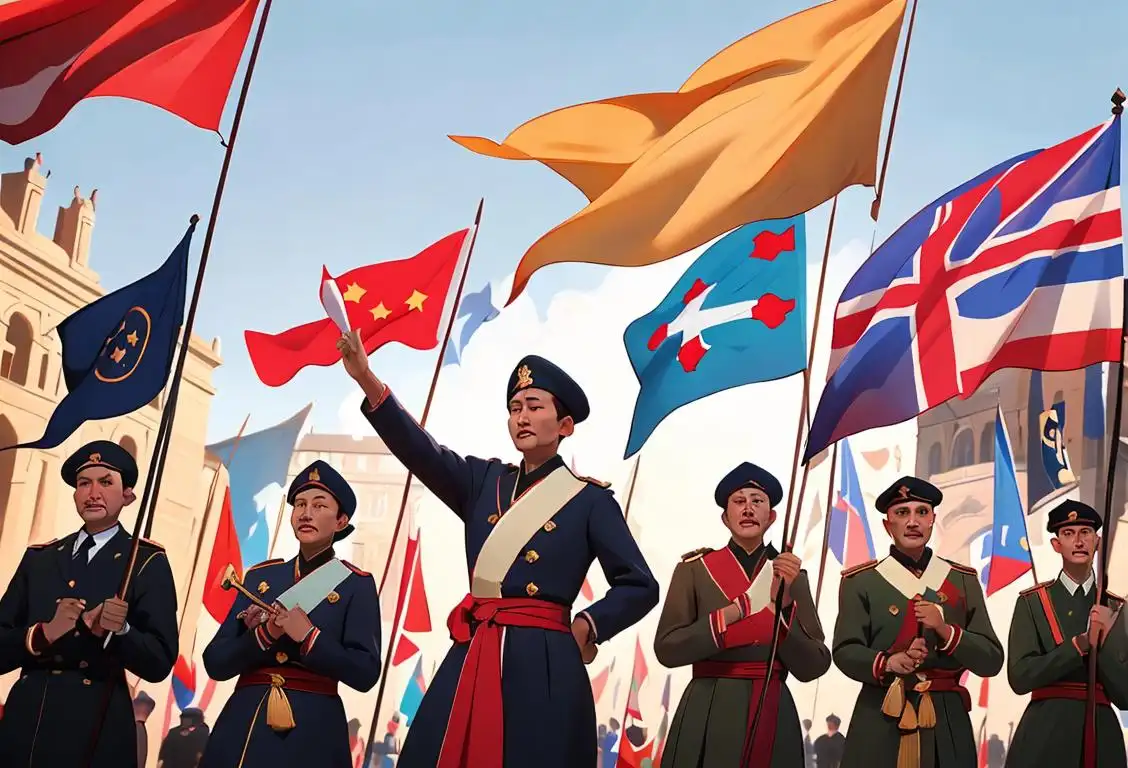National Womens Day

Roll out the red carpet and prepare your drumroll sound effects, because we're diving right into the world of National Women's Day! An iconic day that has, in the past year, played out in about 21091 mentions. *Cues dramatic music* Let's get going.
When is Womens Day?
It's national womens day on the 8th March.
What’s the Occasion?
National Women's Day has always been a force to reckon with, much like the women it honors. Each year it intensifies in popularity, peaking on March 8th, 2021, with the internet practically fluttering with hashtags, posts, and stories honoring the day. Naked power it was.
The Historical Shuffle
The roots of National Women's Day are grounded in the struggle for gender equality and women's steep uphill march towards acquiring basic civil rights. The day is also a homage to the indomitable spirit of women from all walks of life.
The Internet Waves
An interesting facet of National Women's Day is how the internet has embraced the day. Feisty tweets, moving tributes on Instagram stories, and empowering blogs enlighten the day. To top it all, 'challenge accepted' selfies of women across the globe in black and white added a special dose of camaraderie.
Celebration Unplugged
Wondering what you could do for the National Women's Day? How about empowering female-led projects, treating the amazing women in your life, or simply telling them what they mean to you? Every little appreciation counts on a day that celebrates half of the world's population.
History behind the term 'Womens'
1848
The Birth of the Women's Rights Movement
In 1848, the first Women's Rights Convention was held in Seneca Falls, New York. This convention marked the birth of the women's rights movement in the United States. The attendees, including prominent figures like Elizabeth Cady Stanton and Lucretia Mott, discussed and drafted a Declaration of Sentiments, which outlined grievances and demands for gender equality.
1869
Formation of the National Woman Suffrage Association
In 1869, Elizabeth Cady Stanton and Susan B. Anthony formed the National Woman Suffrage Association (NWSA). The NWSA focused on securing women's right to vote through a constitutional amendment. It provided a platform for women across the nation to unite and advocate for their political rights.
1890
Merge of the National Woman Suffrage Association and American Woman Suffrage Association
In 1890, the National Woman Suffrage Association merged with another prominent suffrage organization, the American Woman Suffrage Association, forming the National American Woman Suffrage Association (NAWSA). This merger brought together different factions of the suffrage movement, strengthening their collective efforts and advancing the cause of women's rights.
1920
The Ratification of the 19th Amendment
In 1920, the 19th Amendment to the United States Constitution was ratified, granting women the right to vote. This landmark achievement was the culmination of decades of activism and advocacy by suffragettes and women's rights activists. It was a significant milestone in the fight for gender equality and a major victory for women's suffrage movements worldwide.
1955
The Emergence of Second-Wave Feminism
The term 'women's' took on a broader meaning in the 1950s and 1960s with the emergence of Second-Wave Feminism. Second-Wave Feminism focused not only on suffrage but also on addressing various aspects of gender inequality, such as reproductive rights, workplace discrimination, and domestic violence. This wave of feminism sparked social and cultural changes, challenging traditional gender roles and norms.
1972
Title IX and Gender Equality in Education
In 1972, the enactment of Title IX of the Education Amendments prohibited sex discrimination in educational institutions that received federal funding. This legislation significantly advanced women's rights by ensuring equal opportunities for girls and women in education, including access to sports programs and scholarships. Title IX had a profound impact on promoting gender equality in schools and universities.
1995
International Recognition with the Beijing Declaration
In 1995, the United Nations held the Fourth World Conference on Women in Beijing, China. The conference resulted in the adoption of the Beijing Declaration and Platform for Action, a landmark document recognizing women's rights as human rights. The declaration outlined strategies and goals for achieving gender equality and women's empowerment on a global scale.
2017
Women's March and the Power of Collective Action
In 2017, millions of women and allies worldwide participated in the Women's March, a massive protest advocating for women's rights and social justice. This event, held in response to the inauguration of Donald Trump as the 45th President of the United States, demonstrated the power of collective action and brought attention to various feminist causes, such as reproductive rights, gender equality, and intersectionality.
2021
Continued Progress and Challenges Ahead
In the present day, the term 'women's' continues to represent the ongoing fight for gender equality and women's rights. While significant progress has been made, there are still challenges to overcome, such as the gender pay gap, reproductive justice, and systemic discrimination. The term 'women's' serves as a reminder of the transformative movements and individuals that have shaped history and the work yet to be done.
Did you know?
Did you know that National Women's Day is officially recognized by the United Nations and was first observed by the UN on March 8, 1975?Tagged
Celebration Fun Awareness History Rememberance Women EmpowermentFirst identified
8th March 2015Most mentioned on
8th March 2021Total mentions
21091Other days
Womens Day
Rebel Day
Dog Biscuit Day
Pledge Of Allegiance Day
Uprising Day
Custodian Day
Caesar Day
Tattoo Day
Patricia Day
Girlfriend Day








